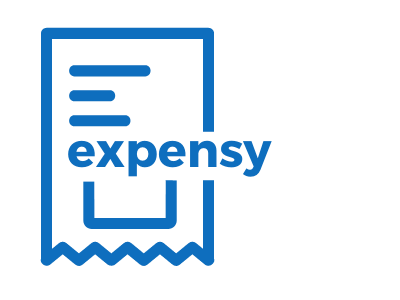The Strategic Value of Economic Clarity

The art of making tradeoffs is a condition of survival as well as success for most nonprofits. Yet, they often lack the full cost data required to make resource-allocation tradeoffs well. This article draws on examples from Bridgespan’s experience to illustrate how economic clarity—understanding fully the true costs of providing programs and services—can inform individual resource-allocation decisions.
Making Full Data Costs Less Elusive
Understanding the true costs of programs and services can be difficult for reasons that will sound familiar to both nonprofit veterans and novices alike. Nonprofit financial and reporting systems, the culture of many nonprofit organizations, and the funding environment in which nonprofits operate all work to obscure true-cost information or make it unnecessarily difficult to obtain. None of these obstacles is likely to prove insurmountable, however, once nonprofits and their funders agree not only on the importance of good data but also on what each party must do—or cease doing—to make it more readily accessible.
Introducing more fully developed financial and accounting systems into nonprofits is an obvious first step. Most nonprofits have only rudimentary financial systems, and the standard accounting packages on which they tend to rely are seldom conducive to tracking and understanding the true costs of operation. Nonprofits aren’t alone in this situation: the accounting systems in some businesses also fail to provide an accurate picture of their true costs. But because the success of forprofit companies depends on their ability to generate profits, most managers have a strong interest in understanding the true financial performance of their various product lines, even if their systems don’t automatically provide them with the relevant data. In contrast, for many nonprofits, focusing more than a modest amount of money and attention on understanding such traditionally commercial matters as costs represents a diversion of valuable resources from activities that further the organization’s mission.
Read the complete article here at Bridgespan
